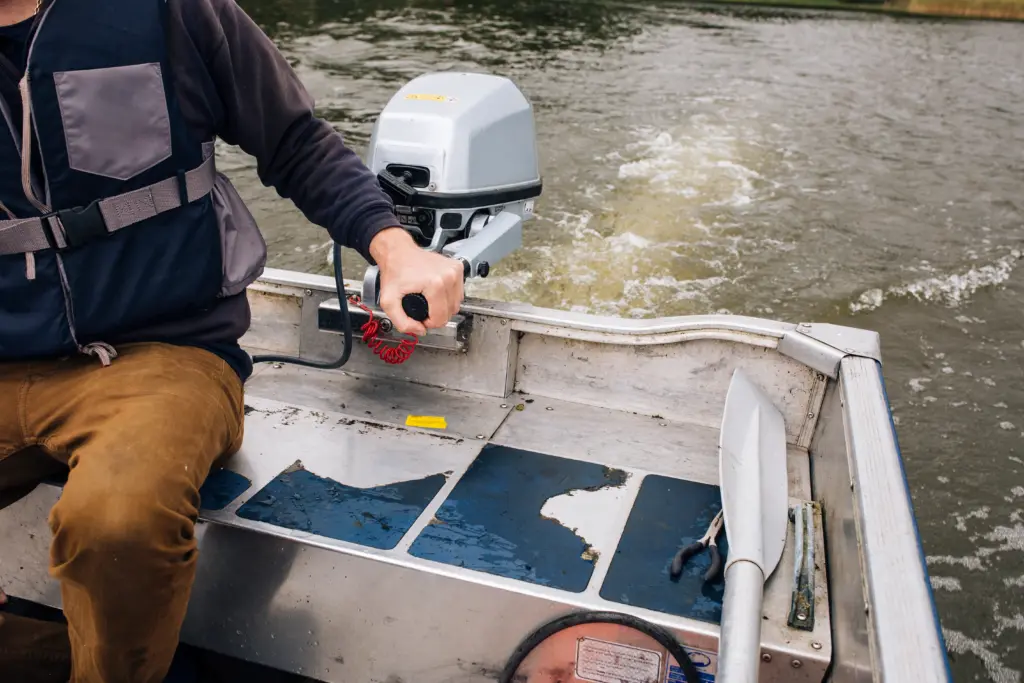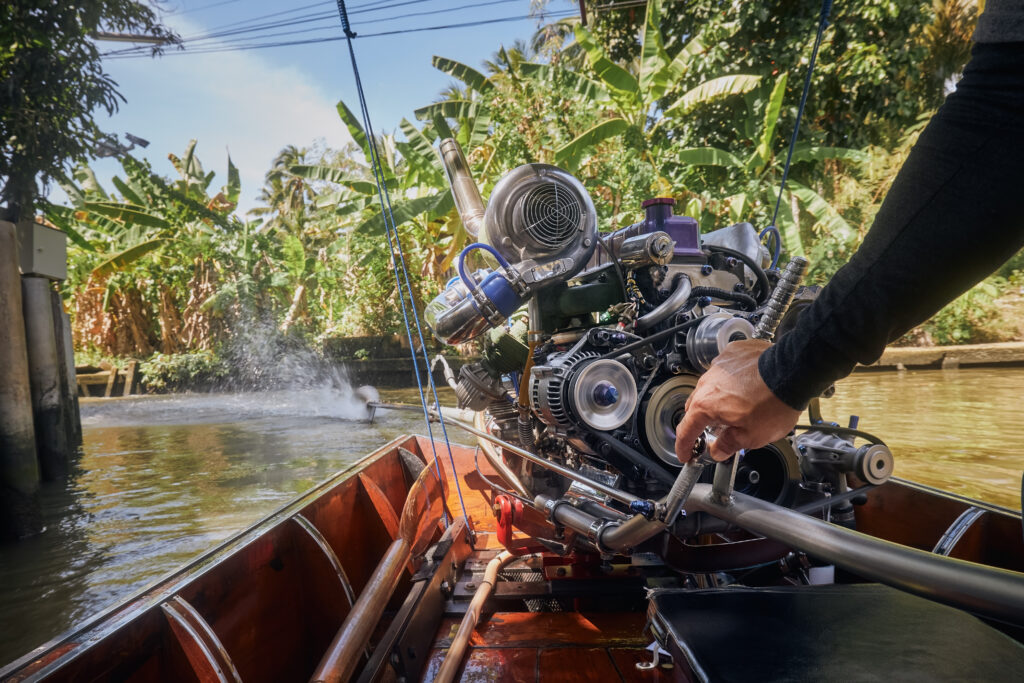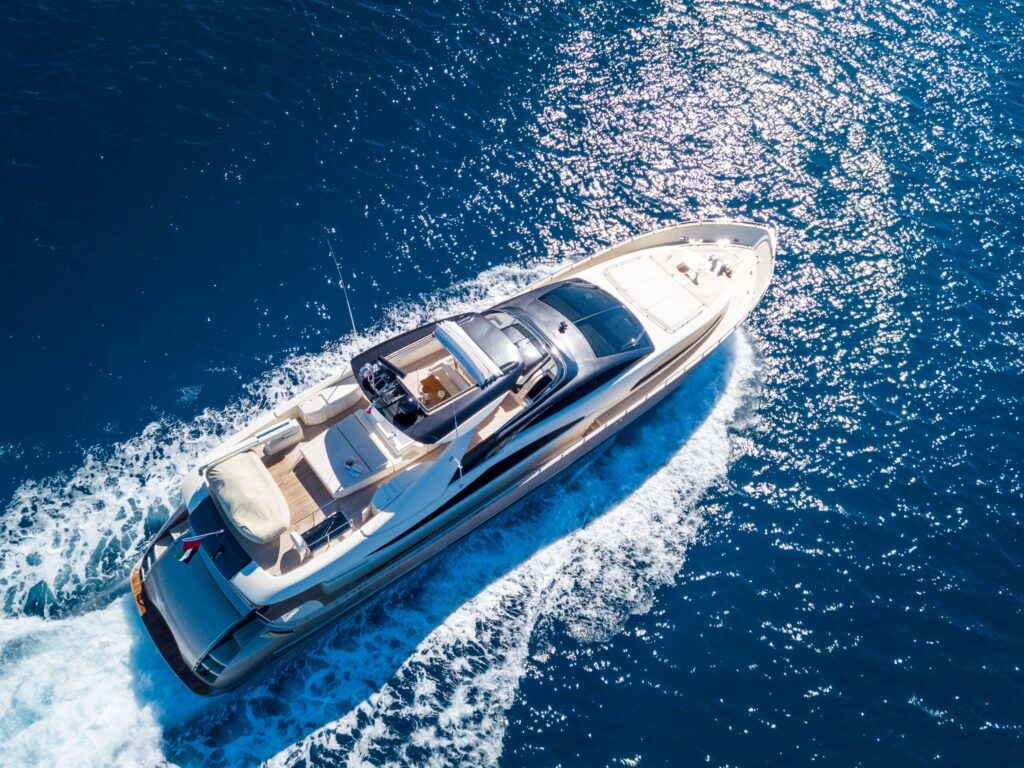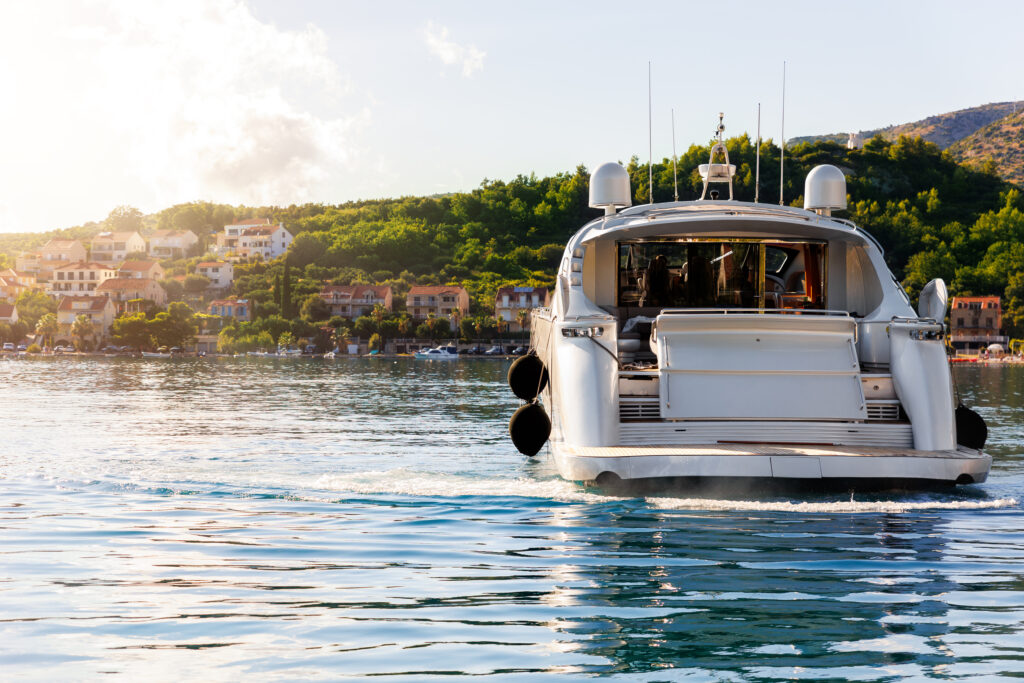Whether powering a small fishing vessel or a luxury yacht, engines are the heart of marine transportation. Understanding how boat motors work is essential for safe operation, proper maintenance, and informed decision-making when buying or financing a vessel. Boat motors are designed to operate in unique marine environments, with technology adapted to handle water resistance, long hours of use, and exposure to the elements. By exploring how these engines generate power, deliver thrust, and keep boats moving efficiently, we gain insight into the remarkable engineering that makes modern boating possible.

The Basics of Boat Motors
Boat motors, much like car engines, convert fuel into mechanical energy. This energy then turns a propeller or jet drive, propelling the vessel through water. The key difference lies in the operating environment. Marine engines must resist corrosion, function under heavy loads for extended periods, and manage cooling in a water-based system. When exploring how boat motors work, the fundamental principle is fuel combustion, but the design accounts for unique challenges such as water drag, buoyancy, and fluctuating speeds.
Types of Boat Motors
There are three main categories of boat motors: outboard motors, inboard motors, and jet drives. Outboards are mounted externally on the transom, combining engine, transmission, and propeller in a single unit. They are popular for small to medium-sized boats due to easy maintenance and portability. Inboards are housed within the hull, with a shaft extending to the propeller outside the boat. These are common in larger vessels and yachts. Jet drives, instead of using propellers, force water through a nozzle, creating thrust. This design is favored for shallow waters or high-speed applications. Each type represents a different answer to the question of how boat motors work depending on vessel design and purpose.

How Combustion Creates Power
At the heart of most boat motors is the internal combustion engine. Fuel and air are mixed, compressed, and ignited, causing controlled explosions that push pistons. These pistons turn a crankshaft, which ultimately drives the propeller or jet system. Marine engines are available in both two-stroke and four-stroke designs. Two-stroke engines are lighter and simpler, while four-stroke engines offer greater fuel efficiency and durability. The choice affects not only how boat motors work but also their performance, noise level, and long-term maintenance needs.
Propulsion and Propellers
The propeller is the critical link between engine power and forward motion. As the engine turns the shaft, the propeller blades push against water, generating thrust. The design of the propeller—blade number, diameter, and pitch—affects speed, efficiency, and handling. For instance, a high-pitch propeller allows faster speeds, while a low-pitch propeller provides better acceleration. Understanding propeller mechanics is central to learning how boat motors work because thrust efficiency determines how well a vessel performs under different conditions.

Cooling Systems in Boat Motors
Unlike cars that rely on air cooling or closed coolant systems, boat motors often use water from the environment to regulate temperature. Raw water cooling systems draw in seawater or freshwater, circulate it through the engine, and discharge it back overboard. More advanced systems use heat exchangers, separating raw water from engine coolant for greater reliability. Since overheating is one of the most common causes of engine damage, the cooling process is a critical part of how boat motors work safely in challenging environments.
Fuel Systems and Efficiency
Fuel systems in boat engines are designed to deliver steady fuel flow even during rough conditions. Carburetors or electronic fuel injection systems regulate the mixture of air and fuel for combustion. Modern engines increasingly use electronic controls for efficiency, reducing emissions while improving performance. Fuel efficiency matters greatly when evaluating operating costs, especially for larger vessels. For prospective buyers considering financing, fuel consumption directly influences total cost of ownership. This highlights how boat motors work not only mechanically but economically as well.

Steering and Control
Boat motors also contribute to steering. Outboard motors pivot on their mount, doubling as both propulsion and steering systems. Inboards typically rely on rudders, with the propeller providing thrust while the rudder directs water flow. Jet drives achieve steering by redirecting the nozzle that expels water. Each system influences maneuverability, with smaller boats favoring outboards for responsiveness and larger yachts relying on inboards for stability. The connection between propulsion and steering is another key element of how boat motors work effectively in different designs.
Maintenance Requirements
Marine engines face demanding conditions, requiring regular maintenance to remain reliable. Common tasks include changing oil, replacing filters, flushing cooling systems, and inspecting propellers. Failure to perform these steps can lead to corrosion, reduced efficiency, or even engine failure. Understanding maintenance is a vital aspect of learning how boat motors work because it connects performance with longevity. Owners who invest in routine care not only preserve engine life but also maintain higher resale values, a point that lenders and insurers often consider.

Safety Considerations
Proper operation and maintenance are essential for safety on the water. The U.S. Coast Guard emphasizes regular engine checks, ventilation of fuel vapors, and awareness of carbon monoxide risks. Mechanical failures can quickly escalate into emergencies, particularly offshore. Safe operation also includes ensuring propeller guards or kill switches are in place when appropriate. When discussing how boat motors work, safety measures should always be part of the conversation, as they protect both vessel and passengers.
Environmental Impact
As technology advances, environmental considerations shape how boat motors are designed. Older two-stroke engines are less fuel-efficient and produce higher emissions, while modern four-stroke and direct-injection engines minimize pollution. Electric and hybrid marine engines are also becoming more common, offering quiet, emission-free operation for shorter trips. Organizations such as the National Marine Manufacturers Association (NMMA) provide updates on industry efforts to improve efficiency and reduce emissions. These changes are transforming how boat motors work in the modern era, aligning performance with environmental responsibility.

Case Example: Outboard Motor on a Fishing Boat
Imagine a 90-horsepower outboard motor mounted on a 20-foot fishing boat. The engine ignites a fuel-air mixture, moving pistons to turn the crankshaft. This rotation spins the propeller, pushing the boat forward. Water drawn in cools the engine as it runs, and the motor pivots when the operator steers, changing the direction of thrust. This simple yet powerful design illustrates how boat motors work in everyday scenarios, providing reliable propulsion for recreational boaters.
Commercial Applications
For commercial operators, engines are even more critical. Barges, fishing fleets, and charter vessels require powerful inboard motors designed for heavy loads and long-term operation. Financing for such vessels often includes detailed evaluations of engine type, age, and efficiency, since these directly impact profitability. Businesses exploring commercial boat loans should understand how boat motors work because lenders assess engine value as part of collateral and risk analysis.

Conclusion
So, how boat motors work can be explained as the conversion of fuel into mechanical energy that drives a propeller or jet system, moving vessels through water. From combustion and cooling to propulsion and steering, each component plays a role in performance and safety. Modern designs incorporate advanced technology for efficiency and environmental sustainability, while proper maintenance ensures reliability. Whether powering a small fishing boat or a commercial fleet, understanding engine operation is essential for ownership and financing decisions. Float Finance supports boaters and businesses by offering financing solutions that align with the realities of engine performance, upkeep, and long-term value.
